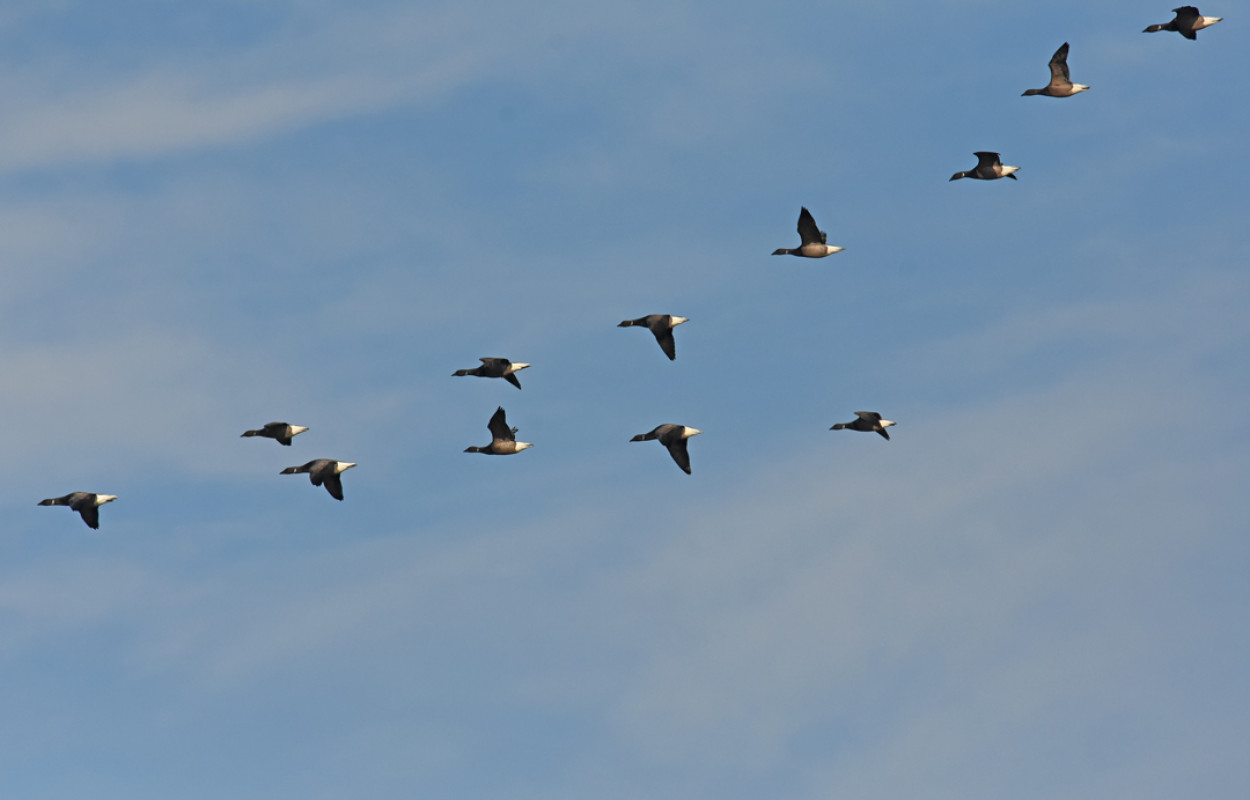Development of a prototype early warning system for avian influenza in the EU based on risk-mapping

Author(s): Gargallo, G., Davies, J.G., Faverjon, C., Kampichler, C., Baillie, S.R., Cameron, A., Robinson, R.A. & Sierdsema H.
Published: December 2022
Publisher: European Food Safety Agency
Journal: EFSA Supporting Publications Volume: 19 ( part 12 )
Digital Identifier No. (DOI): 10.2903/sp.efsa.2022.EN-7762
Data on the distribution, abundance and movements of wild birds are collected at a national scale within many European countries, thanks largely to the efforts of non-governmental organisations and their networks of volunteers. These data include information collected by bird ringers, which can provide valuable insights into bird movements and their timing. Viewing such data at a European scale has been possible thanks to the work of the European Bird Census Council (EBCC) and the European Union for Bird Ringing (EURING), delivering tools like the EuroBird Portal and the Migration Mapping Tool.
Using the population data collected by the EuroBird Portal and movement data from the EURING Databank, taken for 12 representative species of wild bird (five geese, two swan species, and five ducks), the team behind this report examined the links between bird distribution and movements, and the occurrence of HPAI outbreaks.
The two datasets were used to produce a prototype risk assessment for HPAI outbreaks in wild bird populations, predicting future occurrence of wild birds infected with the disease. By validating the model against the EMPRES-i database of disease outbreaks, the team was able to validate their approach and deliver proof of concept. Although there are some limitations with the current approach, for example how to deal with movements from outside the area covered by the EURING Databank and EuroBird Portal, this new tool has the potential to deliver a much-needed early warning of future outbreaks.








Share this page